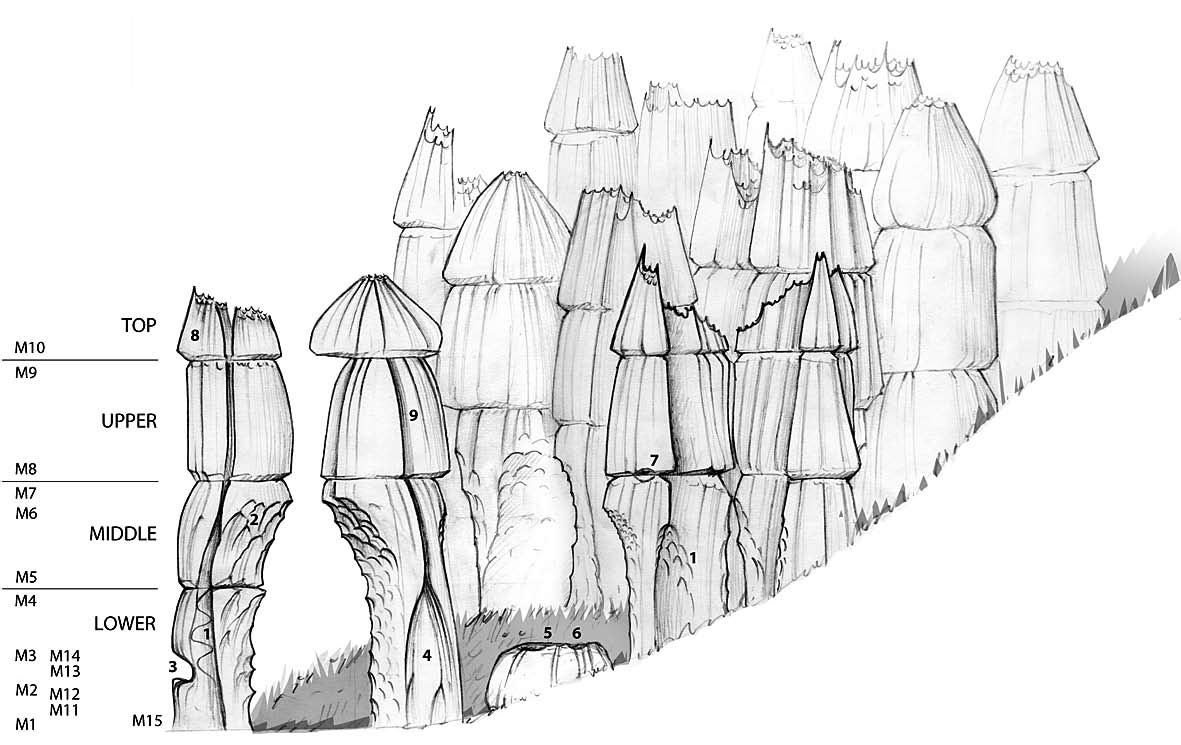Major stone forest, litomorphogenesis and development of typical shilin (Yunnan, China)
DOI:
https://doi.org/10.3986/ac.v41i2-3.558Abstract
Major stone forest excellently reveals most characteristics of the formation of the various stone forests. The relatively thick stratification and evenly composed rock clearly display the development of stone forests from subsoil karren. This is evident from the shape of individual parts of the stone forest and the shape and rock relief of pillars that comprise the forest. It is the most typical example of development of karren from subsoil to rain and vegetation exposed stone forest. With it we can compare stone forests shaped on different rock and geomorphological and hydrological conditions. Type of rock is clearly reflected in the intensity of corrosion and erosion and with it in the formation and morphological appearance of individual stone pillars and larger blocks of rock. The rock relief on the pillars in stone forests reveals the interwoven traces of the original shaping of the rock below soil and sediment, of the lowering of the level of soil and sediment, and of the younger but distinct transformation of pillars by rainwater, which naturally dominates on the tops. The exceptional character and picturesqueness of this karst phenomenon is the reason for the successful developmentof the stone forest as an international tourist attraction that was deservedly placed on the UNESCO world heritage list.Downloads
Download data is not yet available.

Downloads
Published
2012-12-15
How to Cite
Knez, M., Slabe, T., & Liu, H. (2012). Major stone forest, litomorphogenesis and development of typical shilin (Yunnan, China). Acta Carsologica, 41(2-3). https://doi.org/10.3986/ac.v41i2-3.558
Issue
Section
Original papers
License
Authors guarantee that the work is their own original creation and does not infringe any statutory or common-law copyright or any proprietary right of any third party. In case of claims by third parties, authors commit their self to defend the interests of the publisher, and shall cover any potential costs.
More in: Submission chapter




